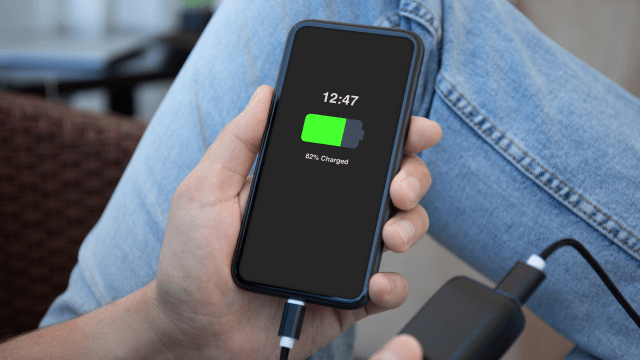Since January I have been using the Samsung Galaxy S24 Ultra, the latest high-end smartphone from the South Korean tech company, and I’ve been loving it. The cameras are brilliant, the operating system is fast and fluid, and it has one of the best screens on a smartphone that I’ve ever seen.
But this time around, with a new phone from a top phone maker once again (having previously used the Pixel 7 Pro and Pixel 8 Pro), I’ve been doing something a little differently, I’ve been charging the device to 80 per cent battery.
In my experience, I tend to start noticing battery performance drops around a year into using a device. Day-to-day cycles drop and seemingly start to underperform once a new model is revealed.
It’s something that I’m not really a big fan of frankly, but I fully get that it happens in tandem with battery upkeep. Lithium batteries will only work for a set amount of cycles, and good battery health relies on not constantly having the device at 100 per cent. The same goes for even big lithium battery-reliant things like electric cars, EV makers highly recommend not having your battery at 100 per cent unless you’re gearing up for a big drive, and will often have battery conditioning tools in their cars for throttling maximum capacity to between 75 and 85 per cent.
Well, to my joy, some Android smartphones do this as well. ASUS’ Zenfone range does it best in my opinion, allowing you to determine what exact percentage you would like the battery juiced to, Samsung also has two fairly good conditioning options (Google also has some battery optimisation toggles on by default).
The first is ‘Adaptive’, which slows charging speeds overnight, to better preserve battery health, while still being fast enough to be full for when you wake up in the morning. The second is ‘Maximum’, the one I’ve been using, which throttles battery health to a constant 80 per cent. These can be switched off at will or switched for a ‘Basic’ option that, when your phone is charged to 100 per cent, it won’t continue to charge until the phone drops down to 95 per cent.
Obviously, I won’t see the full benefit of having my phone throttled to 80 per cent battery capacity for some time (I’ve only started doing this over the past month) and there’s obviously an argument for not really getting the full use out of your phone while you’re using it in its prime… But honestly, in the interest of longevity, I haven’t been minding keeping the phone set to 80 per cent.
In my brain, recharging the phone has become a breeze. Recharging to 80 per cent, as an artificial max, obviously takes way less time than 100 per cent, with charging speed tapering off as the battery level increases, particularly past the 50 per cent mark.
And just casually chucking the phone on charge every now and again, it recharges so quickly that I haven’t once been anxious about it running out of juice. This point doesn’t really speak to battery throttling, as all major smartphones are now capable of fast charging to 50 per cent in about 30 minutes, but it certainly makes battery conditioning easier.
Anyway – we’ll see how we’re going with this come the end of the year. Two months in though, the Galaxy S24 Ultra remains one of my favourite phones ever.
Image: iStock
While you’re here, why not check out our daily tech deals, our guide to the best value for money NBN plans, and info on the latest phones from Apple, Google, and Samsung. Head to our dedicated Mobile tab for more.
